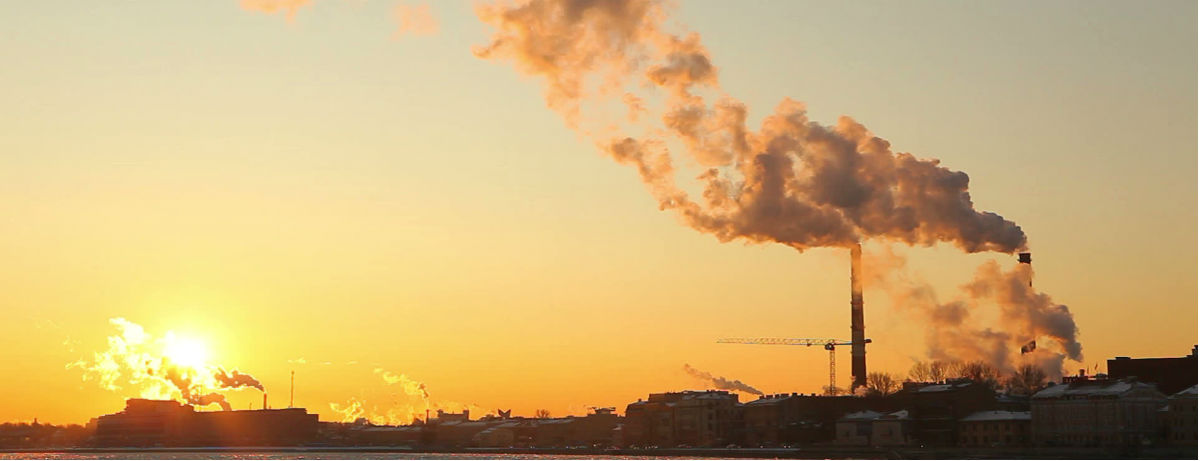Air Quality & Climate Division Permits to "Construct"
An air pollution control Permit to Construct is required prior to a facility commencing construction of a new air pollution emission source or modifying an existing emission source. Subject air contaminant sources are broadly defined in §5-401 of the Vermont Air Pollution Control Regulations, but once a facility meets the definition of an air contaminant source for any reason any subsequent modifications to the facility may require a Permit to Construct. The Permit to Construct is intended to ensure a facility will comply with all applicable requirements, including meeting all state and federal regulations and ambient air quality standards, before being allowed to commence construction. The permit is also intended to ensure that appropriate emission controls are designed and built into the project from the beginning when it is technically and economically most feasible. Since sources being constructed today will be in operation for years to come, it is imperative that effective emission reduction measures be designed into the project from the beginning. Stringent, achievable and enforceable emission reduction measures are a necessary component in our core mission of protecting Vermont’s clean air. Since Vermont has been delegated by the U.S. EPA to implement the federal Clean Air Act Permit to Construct programs applicable to larger sources, referred to as New Source Review (NSR) and/or Prevention of Significant Deterioration (PSD), the state issued permit is the only Permit to Construct a facility need obtain.
Projects are reviewed for both traditional pollutants, namely carbon monoxide (CO), nitrogen dioxide (NO2), particulate matter (PM, PM10 and PM2.5), sulfur dioxide (SO2), and volatile organic compounds (VOCs), and toxic or hazardous air pollutants. The permit application and subsequent review is intended to identifying the type of pollution to be emitted, the composition of the pollution emitted, where in the process(es) it may be emitted, what form it may be emitted (e.g. gaseous or particulate), if it is directly emitted (e.g. dusts, solvents) or if it is chemically formed or altered (e.g. combustion and reaction intermediaries), the quantities and concentrations of these compounds emitted, what impact on air quality will result, and what emission control or emission reduction measures may be necessary or appropriate.
Unlike a Permit to Operate that must be renewed every five years, the Permit to Construct is good for the life of the project and must only be amended if modifications are proposed. However, many of these facilities will also require a Permit to Operate which is renewed every 5 years and has limited authority to impose new requirements. In Vermont, most Permits to Construct are rolled into a single combined Permit to Construct and Operate so a facility has only one Air Permit covering their entire operations.
Further information:
- Subchapter V [Review of new air contaminant sources] of the Vermont Air Pollution Control Regulations
- 40 CFR Part 51 Subpart I [Review of New Sources and Modifications]. Note these requirements are incorporated into Subchapter V above.
- Construction Permit Application Guidance
- Stack Height and Rain Guard Guidance
- Transfer of Permit Ownership
- Permit Fees
- Air Quality Impact Evaluation
- View all issued Construction and Operating Permits (Search our database)

